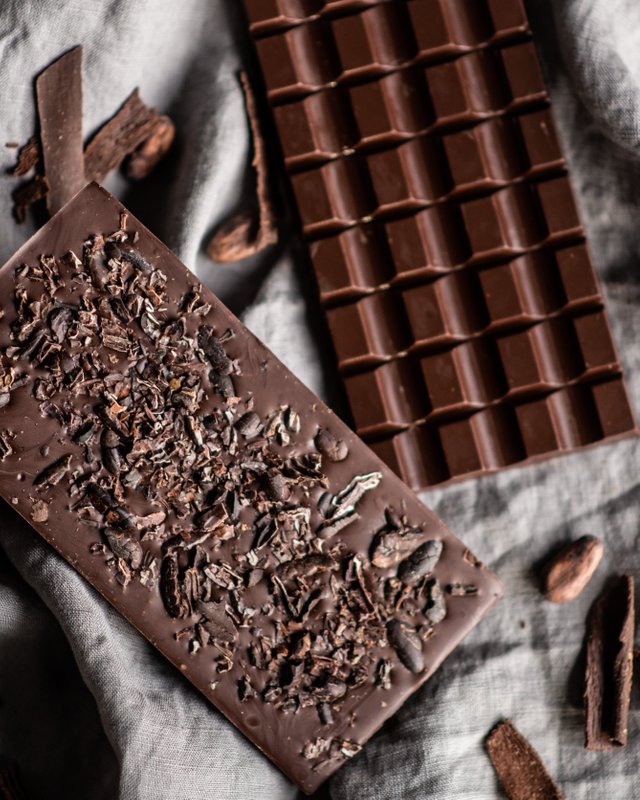Title: From Cocoa Beans to Chocolate Bars: A Sweet Tale
Chocolate, with its rich and velvety texture, has become one of the most beloved treats worldwide. But have you ever wondered about the fascinating journey that takes cocoa beans and transforms them into delectable chocolate bars? Join us on a mouthwatering adventure as we delve into the intricate process behind this sweet tale.
The Origins of Cocoa:
Our story begins in the tropical regions of Central and South America, where cocoa trees thrive. These trees bear fruit in the form of cocoa pods, which house the precious cocoa beans. For centuries, indigenous communities in these regions have cultivated and revered cocoa, recognizing its value and unique flavors.
Harvesting and Fermentation:
When the cocoa pods ripen, they are carefully harvested by hand. The pods are opened, revealing the cocoa beans nestled within. These beans are then extracted and placed in shallow containers or baskets to ferment. This crucial step initiates a series of chemical reactions, developing the chocolate's distinct flavor profile.
Drying and Sorting:
Following fermentation, the cocoa beans are spread out to dry under the sun or in specially designed drying facilities. This drying process allows the beans to lose excess moisture and enhances their flavor. Once dried, the beans are sorted meticulously to remove any defective or damaged ones, ensuring only the finest beans proceed to the next stage.
Roasting and Grinding:
The sorted cocoa beans are roasted to perfection, releasing a symphony of aromas and intensifying the flavors locked within. This roasting step is a delicate balance, as different durations and temperatures can result in varied taste profiles. After roasting, the beans are ground into a paste known as cocoa mass or cocoa liquor.
Pressing and Conching:
The cocoa mass undergoes pressing to extract cocoa butter, the natural fat within the beans. This cocoa butter is then combined with the remaining cocoa solids and other ingredients such as sugar and milk powder, if making milk chocolate. The mixture is subjected to a process called conching, where it is continuously stirred and heated, resulting in a smooth and velvety texture.
Tempering and Molding:
Once the chocolate mixture reaches the desired consistency and flavor, it undergoes tempering—a controlled cooling and reheating process. Tempering ensures the formation of stable crystals within the chocolate, giving it a glossy appearance and a satisfying snap when broken. The tempered chocolate is then poured into molds, where it solidifies into the familiar shape of chocolate bars.
Packaging and Enjoyment:
Finally, the chocolate bars are carefully packaged, ready to be enjoyed by chocolate enthusiasts around the world. From the moment the wrapper is unwrapped, the journey from cocoa beans to chocolate bars reaches its sweet culmination. Whether savored alone or shared with loved ones, each bite is a testament to the craftsmanship and dedication that goes into creating this beloved treat.
Conclusion:
The transformation of cocoa beans into chocolate bars is indeed a sweet tale, filled with meticulous processes and centuries of tradition. From the lush cocoa farms to the skilled hands of chocolatiers, every step contributes to the final product that brings joy to countless chocolate lovers. So, the next time you savor a piece of chocolate, take a moment to appreciate the journey it took from humble cocoa beans to becoming a delectable delight in your hands.
